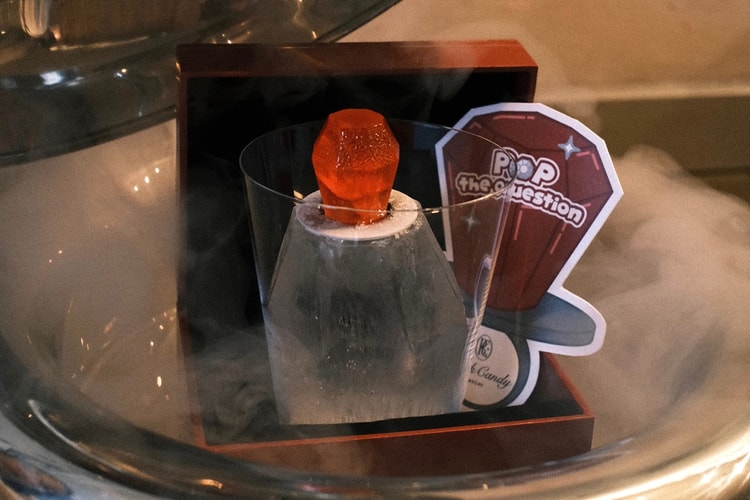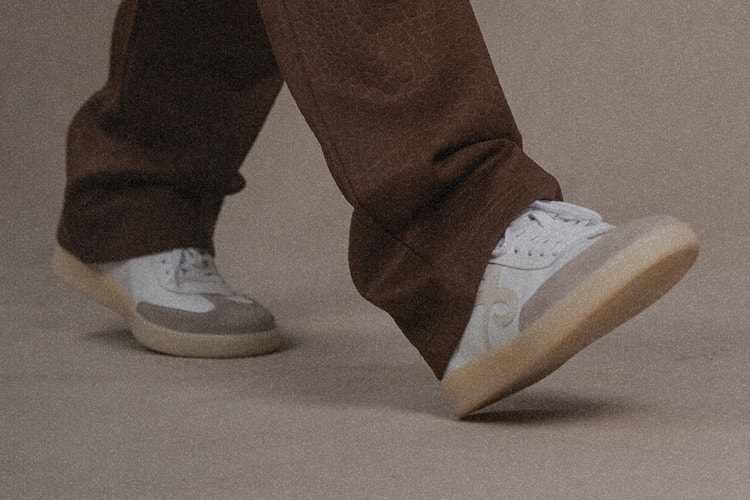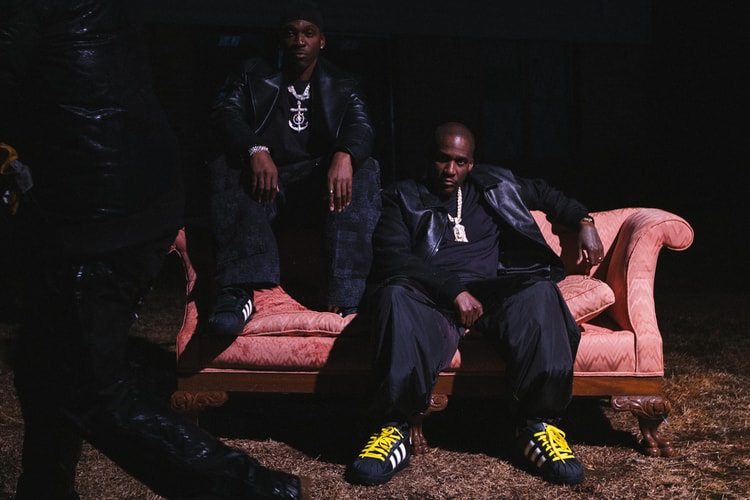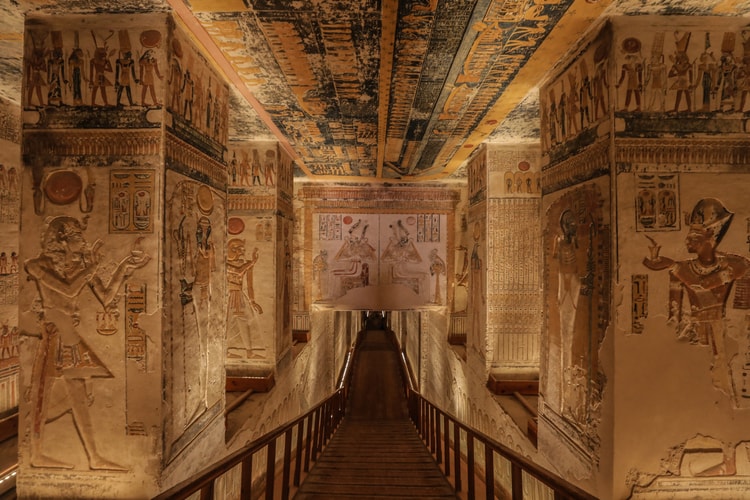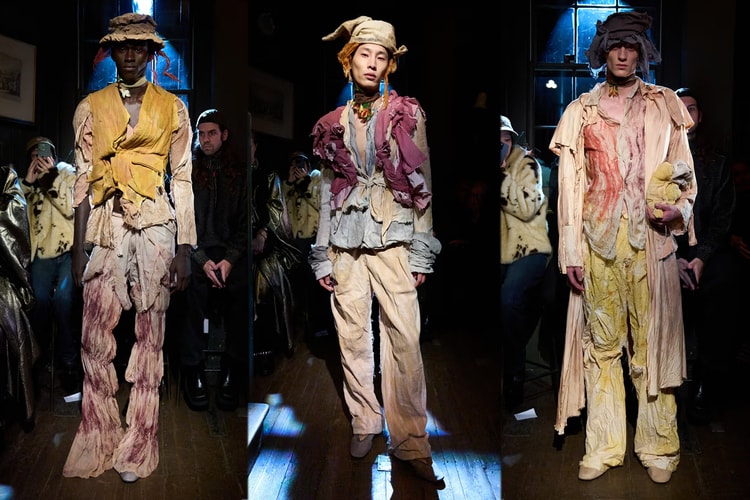This Far-Out NYC Design Gallery Is Inside a Queens Row House
House of Studio S II doubles as an otherworldly residence full of collectible design and bespoke details.
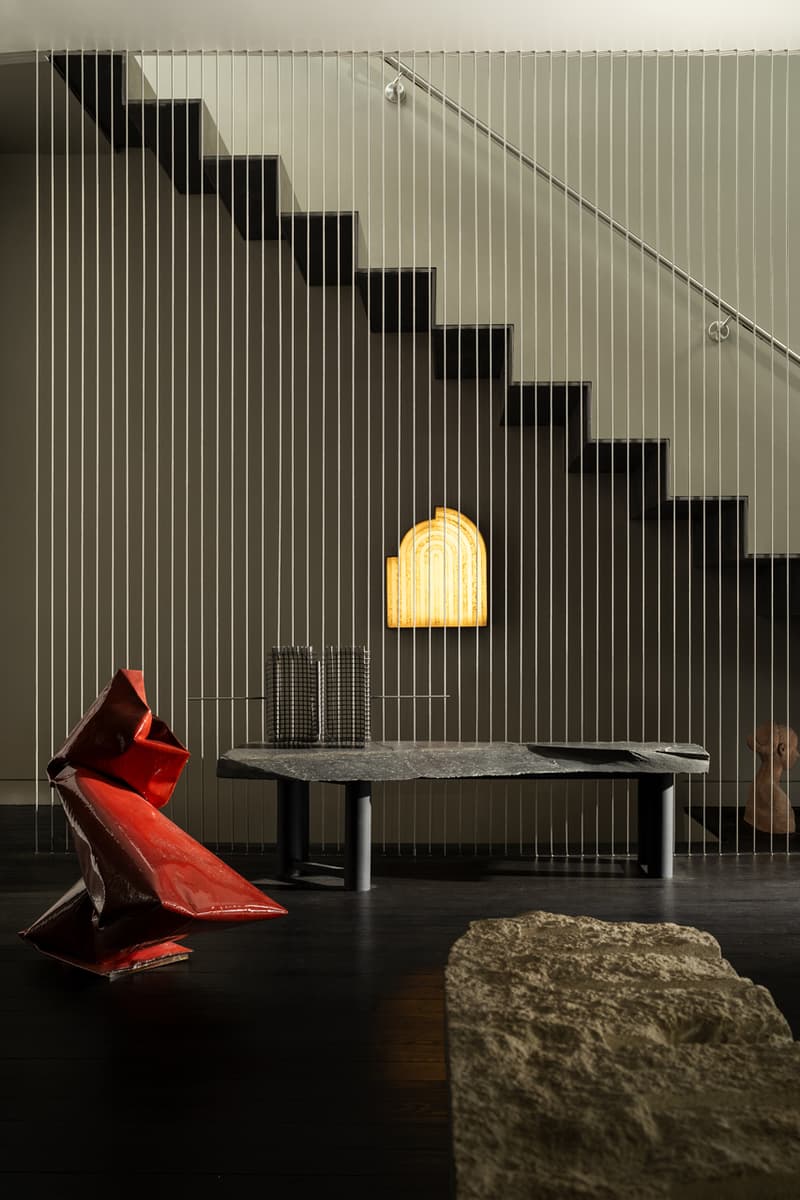
This Far-Out NYC Design Gallery Is Inside a Queens Row House
House of Studio S II doubles as an otherworldly residence full of collectible design and bespoke details.
Ridgewood, Queens, is a quiet neighborhood located just a few miles east of Manhattan’s bustling streets. In the last decade, the primarily residential locality, long known for its diverse population, has seen an influx of young professionals looking to depart from Manhattan and Brooklyn’s hustle and bustle (and rising costs). Since the 2010s, the area’s evolving demographic has given rise to an onslaught of new — and, at times, divisive — establishments, including restaurants like Rolo’s and nightlife complexes like Knockdown Center in nearby Maspeth.
Today, it’s where longtime friends Erica Sellers and Jeremy Silberberg are preparing to unveil their eponymous gallery under the moniker Studio S II. But the two have chosen a rather unconventional venue: a turn-of-the-century townhouse.
Sellers and Silberberg’s joint effort began with the purchase and subsequent renovation of the $1.4M USD three-story building. Sellers, who formerly led production for artist Tavares Strachan, brought forward her in-depth knowledge of craft processes. Silberberg deployed his interior design expertise, having designed interiors for AD100 architecture firms, including Charlap Hyman & Herrero and Sachs Lindores. The four-year-long project laid the groundwork for their design practice, specializing in bespoke furniture and interiors.
Since then, the two have developed an eclectic style, at once evoking the severe modernism of architects like Carlos Scarpa and Vincent Van Duysen while borrowing fantastical cues from visionary filmmakers like Stanley Kubrick and Hayao Miyazaki. However, the 3,200 sq ft space hides mainly in plain sight, painted all-black from its molded iron crown to its concrete stoop, and nestled in a row of identical brick townhomes built in the early 1900s.
The interiors reflect the studio’s subversive ethos, seamlessly defying genre, era and tradition, all with a sleek edge. At the door, visitors are greeted with a glowing staircase of floating steel steps, original wooden flooring refinished in matte black, and brushed chrome pocket doors throughout.
Neogothic furniture and antique heirlooms from Sellers’ late grandmother are juxtaposed with contemporary collectible design, including a zoomorphic floor lamp by Mark Malecki and an engraved stone bench by Caroline Kable. The new open plan offers an unbroken line of sight through the formal dining area, partitioned with chainmail curtains, and the kitchen, with its hand-patinaed stainless steel cabinetry.
The breakfast nook is centered on a 19th-century French church pew, upholstered in a bespoke Studio S II fabric, combining images from an 18th-century book on demonology. Behind it, a custom wall of drawers references a piece from the boiler room scene in Hayao Miyazaki’s film “Spirited Away.”
The two, who proudly identify as queer, emphasize that they aim to challenge the pressures of categorization. “What we try to do as a studio is to transcend genre and elude category,” said Silberberg, “A lot of what we aim to highlight in our work is the overlooked or underappreciated aspect of beauty. It’s why we look at pain or demonology body modification – because it speaks to a level of desire.”
While Ridgewood may not be where NYC’s design firms typically put down roots, the two are deeply embedded in the local community, having lived in the surrounding area for almost a decade. “I think we always wanted to harness the attention of like-minded people who found similar things beautiful,” said Silberberg. “I think Bushwick and Ridgewood feel more kindred with the spirit of our aesthetic.”
Sprinkled among Rigewood’s diverse family-run businesses — from Eastern European delis to Latin American eateries — are independent bookstores like Topos Books and accessible design shops like Lichen NYC. Additionally, since the space will double as Sellers’ permanent home, living between the city’s most popular queer venues including Nowadays and Basement was a “no-brainer,” Sellers added, calling herself a “techno fanatic.”
Besides techno, Sellers is a sci-fi buff, and notes that Studio S II’s unique “cobbling of styles” is rooted in the principles of the genre. “That’s what science fiction is all about: building worlds that feel like a mix of what we as people know historically and creating a whole new civilization out of it. It’s about bringing things of the past to the future so that it’s digestible, touchable, and rooted.”
Illuminated by a skylight, the metal staircase transports visitors into another plane of Studio S II’s universe. At the top of the stairs, a darkened corridor leads to the master bedroom, which departs from the first floor’s severe black and chrome sensibilities in favor of warm woodland tones and organic textures like velvet bedding and plush wool carpets.
Gentle honey-colored light radiates from S II’s pendants hanging above bespoke nightstands, which showcase a bed of moss cast in resin like a glowing terrarium. Directly in front of the bed, steel pocket doors lead to the en-suite bathroom, where handmade indigo tiles evoke deep oceans and another skylight fills the shower with sun. The crown jewel,or, rather, rock of the master suite is an 800lb live-edge Bluestone boulder that serves as the sink basin.
At its core, the house is deeply personal, not only in that every detail was carefully considered by the two, but in that every object — whether family heirlooms or avant-garde collectible designs — is imbued with its own story. “If you put time and energy into something, it will maintain some of that,” said Sellers. Silberberg echoed these sentiments. “I would be lying if I said I didn’t believe in the spiritual aspect of things because we make things. By the sheer dedication, time, and care it takes to craft something, you imbue it with a certain amount of yourself.”
The two tie this to the increasing demand for collectible design, citing “an exhaustion from the sameness” of mass-manufactured furniture. In September 2024, Sellers and Sillberberg showcased an installation alongside 117 other exhibitors at Collectible New York, the Belgian fair’s inaugural stateside exhibition. Elsewhere, the Italian design exhibition Alcova also expanded beyond its Milan Design Week roots in 2024 with the launch of its Miami Design Week program in December 2024. Perhaps the growing prominence of avant-garde collectibles and handcrafted design is rooted in a craving for individuality and authenticity in a world increasingly dominated by algorithmic aesthetics, AI-generated design, and fast furniture.
Whether it’s supernatural iconography, ancient artifacts, zoomorphic decor, or otherworldly furnishings, House of Studio S II reflects Sellers and Silberberg’s shared fascination with the art of mystery and obscurity. This affinity for unorthodox design is informed by their queer identities, a lived experience for many of being othered and relegated to the margins.
While recalling the night they met while studying at the Rhode Island School of Design, Silberberg described feeling “seen” when he first met Sellers, who held similar interests in the “dark” and “overlooked.”
“We think about desire a lot, and often the most alluring parts of desire are the darkest,” he said. “I think people like to push that away, and we want to celebrate it.”
As of the time of writing, House of Studio S II is open by appoint only. Interested parties can email studio@studiosii.com and malaika@studiosii.com to schedule a visit.













